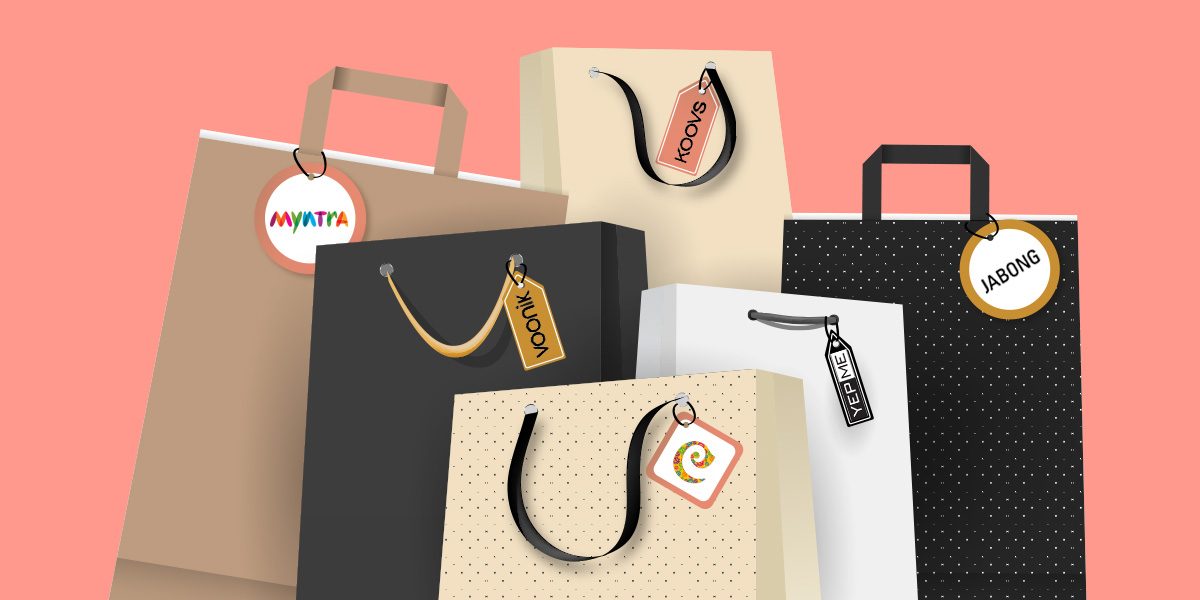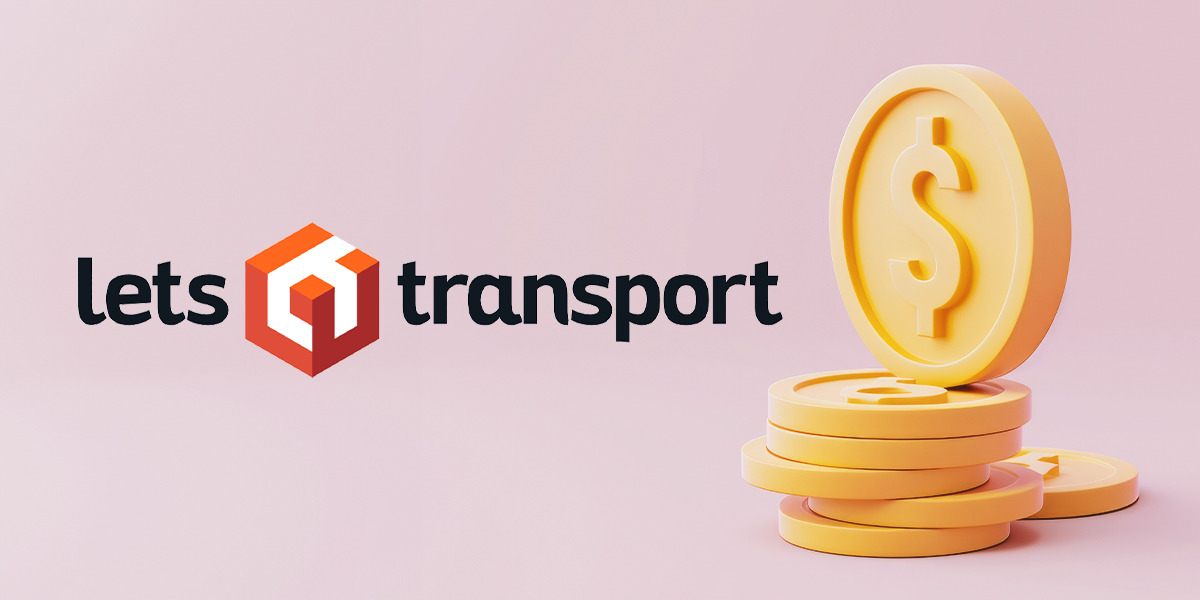While horizontal e-commerce space has grown and evolved to a decent extent, so far vertical plays had a rather rickety ride in India. Despite raising thousands of crore, verticals like baby care and fashion (except Myntra) have completely failed to make a visible dent.
Remember the heady days of Babyoye, Firstcry, Hoopos, Fashionandyou, Craftsvilla, Zovi, Freecultr and many others. They had raised plenty of risk capital but the majority of them either failed to keep afloat independently or in a shoddy state.
Over the last five years various verticals in e-commerce failed to take off but in this story, we’re gauging why many players fumbled in fashion space?
Before taking a deep dive, let’s see the quantum of risk capital amassed by companies operating in the online fashion.
Fashionandyou, Koovs, Craftsvilla, Zovi, Freecultr, YepMe, Roposo, Voonik and Limeroad had collectively raised over $432 million. Out of aforementioned companies, only Limeroad seems to be in good shape (as it claims). The company claimed to grow at 150 per cent in terms of revenue during the calendar year 2017.
According to Suchi Mukherjee, founder, and CEO of Limeroad, it’s emerging as a #2 in online fashion vertical after Myntra, and also nearing profitability. It raised $50 million total risk capital across three institutional rounds.
Fashionandyou, Zovi, YepMe, and Freecultr are dead while Craftsvilla made three pivots since its inception in 2011. So far, it’s completely failed to figure out the right business model as well as direction. Nevertheless, the company managed to raise about $55 million.
Roposo is relentlessly trying to find right business proposition. Last year, it made its third pivot to become a social network. On the other hand, Voonik is also going through a tough time. It has reportedly been on a firing spree and taking cost-cutting measures. After amassing $88.4 million, YepMe had a miserable end.
Whereas Koovs that has gone public in London’s AIM stock exchange in early 2014 is having a bumpy ride. After getting a boost in sales in the first half of the previous year, it was unable to post the profit and marginally narrowed down the losses.
Too many private labels too early
Besides Myntra, Koovs and Limeroad have been able to survive in the business. But, why is there a high mortality rate in the online fashion?
“Multiple reasons,” says Manmohan Agarwal, Founder of now defunct e-commerce platform Yebhi. According to him, too many companies jumped to private label bandwagon without understanding the nuances. Players like Zovi, YepMe, and Freecultr started with private labels. “They didn’t realize that private label comes at an evolved stage, not at the beginning,” emphasises Agarwal.
For an instance, Myntra started testing private labels in 2012, fairly after five years of its existence. Even in the offline space, Shopper Stop and Pantaloons also have brought private labels after establishing a strong relationship with customers on the back of branded fashion.
Private labels are typically squeezed into an array of well-known brands discreetly. “Myntra has successfully been able to create space for its private labels – Roadster, HRX, Dressberry, and Anouk amidst branded fashion,” states Satish Meena, Senior research analyst at Forrester India.
Inventory led models tend to win over marketplace approach
The fundamental way to build fashion is to keep inventory, believes Manmohan. Fulfilment is very important in fashion. If a company selling fashion rely on market inventory, it can’t gauge the depth of fast selling SKUs.
Unlike electronics, fashion requires 12-18 months advance planning. Keeping inventory is an important piece of the planning process. “Inventory essentially lets you forecast demand easily,” says Manmohan.
Low average basket size makes unit economics unviable
Private labels or online only brands worked well in western markets like the US. Zappos (acquired by Amazon) did well in the US while ASOS has been displaying stellar performance in the UK.
But, why private labels aren’t working in India?
“Average basket size of Zappos and ASOS are anywhere between Rs 7,000 to 9,000 while in India it’s mere Rs 700-900,” says Sandeep Singh, CEO of craft beer Bira. Previously, he was the co-founder and CEO of Smile incubated online-only apparel brand Freecultr.
“Justifying unit economics isn’t viable because of low ticket size,” he adds. Fitting is also a big concern with private labels. For an instance, you know the exact size of branded jeans such as Levi’s but figuring out size in private label is cumbersome.
Sandeep also believes that timing of Freecultr wasn’t right. People started becoming comfortable with online shopping post 2015. During 2011-13 period, people were testing the experience of e-commerce. Freecultr was born in 2011.
Horizontal players are too big to fight
Currently, Flipkart claims to have over 75-80 per cent market share in overall online fashion segment through its affiliates – Myntra and Jabong. Some rough industry estimates hint that Amazon has a single digit market share in fashion segment.
Going by aforementioned figures, all other players fight for merely 15-20 per cent market share.
“Branded online fashion space has been taken away by large horizontal players. If someone is eyeing to aggregate branded fashion, nothing is left for them now,” agrees Pravin Sinha who led Jabong operations till it got acquired by Flipkart.
Besides branded fashion, the market for unique collection is minuscule. “Translating unique collection into assortment is super expensive. That is why large players like Flipkart and Amazon didn’t try it,” adds Sinha.
Building vertical businesses in e-commerce have also been challenging as large horizontal players raised loads of money. Fighting Amazon, Flipkart, Snapdeal and Shopclues in fashion segment require the backing of investors with very deep pockets.
“Many entrepreneurs are willing to build fashion only brand, however, the question is whether they will get required financial backing or not,” says one of the co-founders of now defunct online-only apparel brand. He requested anonymity.
Road ahead for online fashion
Though, the majority of online companies catering to fashion are either dead or acquired (in distress sale) or struggling. Still, observers and entrepreneurs seem to be bullish about the segment. “Now, it’s time to build vertical businesses in e-commerce including fashion as a market has matured and evolved in the past two years,” says Meena.
Unlike standardised verticals, fashion requires a long-term approach and agile planning. Captive audience base plays an important role in the success of fashion-focused companies globally. Indian companies need to take a cue from companies such as ASOS and Zappos and then bring local innovations that suit the indigenous audience.
Importantly, existing and wannabe entrepreneurs in the fashion segment can look up to Myntra that has successfully fathomed the challenges in the segment.














